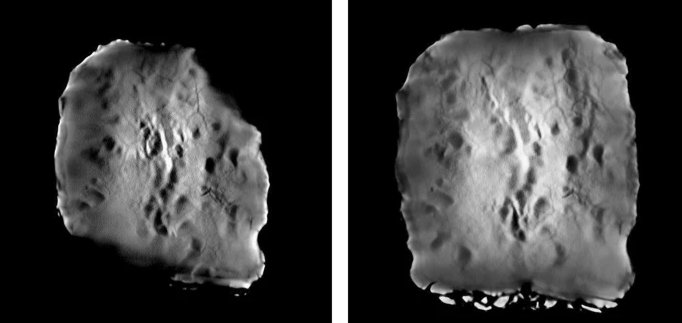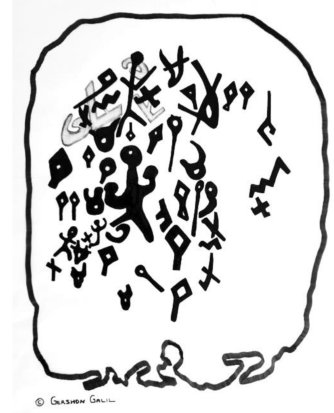
NOTE: Here is a good analysis of this find. It looks like the claims are not very well-founded.
Last year, a team of archaeologists led by Dr. Scott Stripling of the Bible Seminary in Texas announced that they had found the oldest example of Hebrew writing, and it contained the word “Yahweh,” the divine name for God that was used by the Israelites. If true, this would show that the Israelites were literate long before many historians think they were. In addition, it would provide strong evidence for the historical accuracy of an event reported in Joshua 8:30-35. Unfortunately, the team revealed their discovery through social media instead of in a scientific peer-reviewed journal. As a result, I was hesitant to discuss the discovery when I first learned about it, despite how exciting it is. Well, the team has now published a paper in a peer-reviewed journal, and I have to say that while I find the discovery intriguing, I am not nearly as excited about it as I was initially.
The discovery was made when the archaeologists were searching through material that had been discarded more than thirty years ago during the excavation of ancient altars on Mount Ebal. In sifting through that rubble, they found an object that was about the size of a postage stamp. When cleaned, the object was recognized as a small lead tablet. Since lead is soft, it was often used as a surface upon which to scratch words. The material found around the tablet was consistent with the older of the two altars that had been excavated, and that altar is thought to be from a time consistent with the book of Joshua. Thus, it could be the one that Joshua built on Mount Ebal as described in Joshua 8:30-35.
The tablet is folded and could not be opened without damaging it. However, the authors used X-ray computed tomography to look inside. At a certain depth within the tablet, they got the image shown on the left at the top of this article. Since the tablet had been deformed, they used a computer to virtually “flatten” the tablet. That produced the image on the right.
What do you see in those two images? I see a lot of dimples, but there are clearly some scratches that seem to form shapes, one of which looks like a stick figure of a person. The authors indicate that this is what they see:

I don’t see much of that, but then again, I haven’t been studying the raw X-ray images in detail. It’s possible that if I spent enough time with all the images they have, I might see everything they see. However, their own note towards the end of the scientific paper indicates that one author sees more letters than the other authors.
So…assuming the things drawn above really are on the tablet, what does it say? According to the authors, it says:
You are cursed by the god yhw, cursed.
You will die, cursed—cursed, you will surely die.
Cursed you are by yhw—cursed.
This, of course, would be consistent with the account in Joshua 8:30-35, since verse 34 says:
Then afterward he read all the words of the Law, the blessing and the curse, according to everything that is written in the Book of the Law.
While this is a potentially very exciting discovery, the scientific paper leaves me skeptical. Apparently, I am not the only one.
Whether or not this tablet ends up being what the authors think it is, I have no doubt that the events in the book of Joshua happened in just the way they are reported. However, it is always nice when archaeology confirms the Biblical record.
